The New Zealand Garden Bird Survey is a 9-day nationwide mid-winter event held every year since 2007. Citizen scientists across the country select a day and record in a garden, park, or school the maximum number of birds per species they see or hear for an hour.
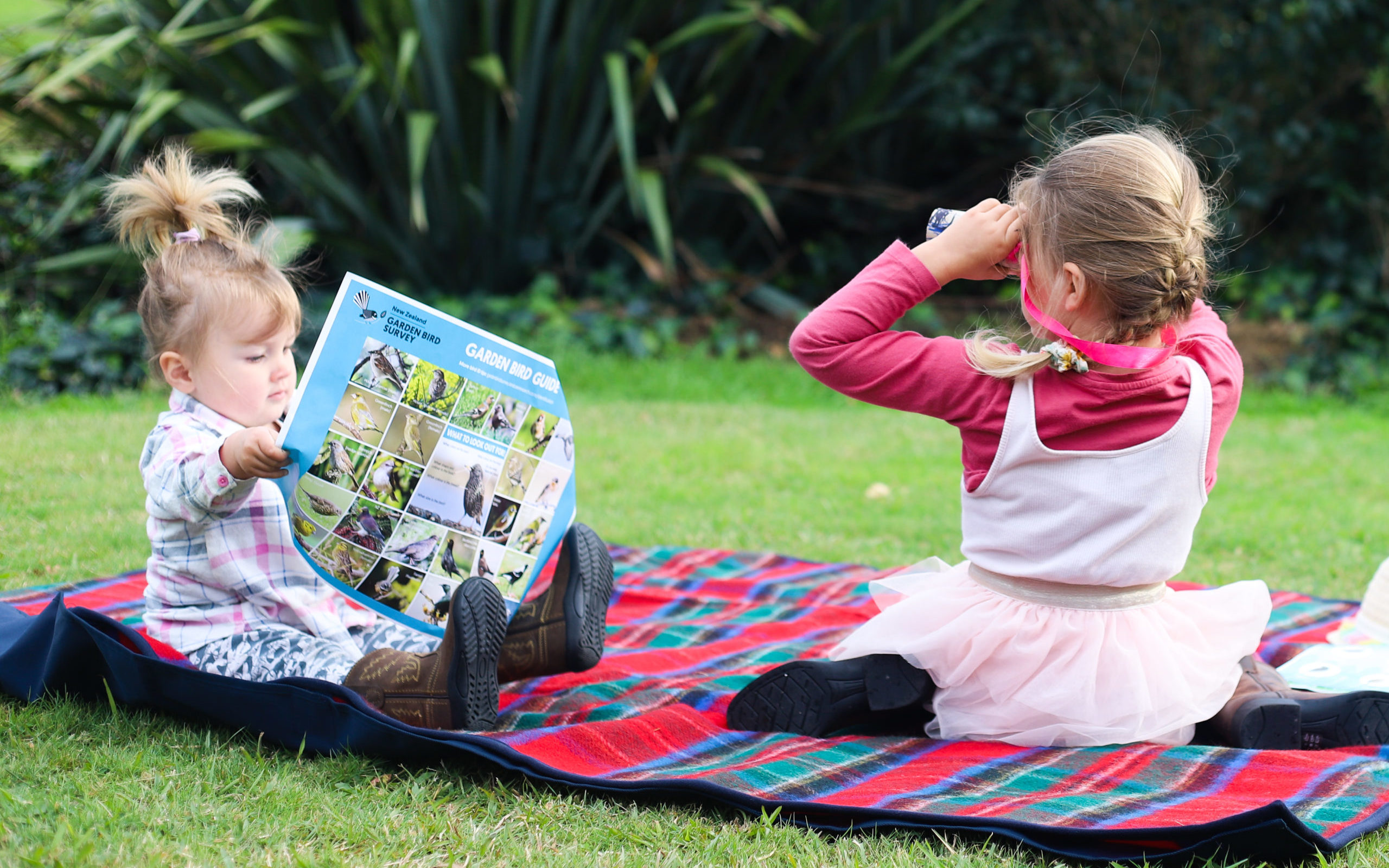
A vast amount of raw data has been collected over the years, but what does it tell us? How is the data being used?
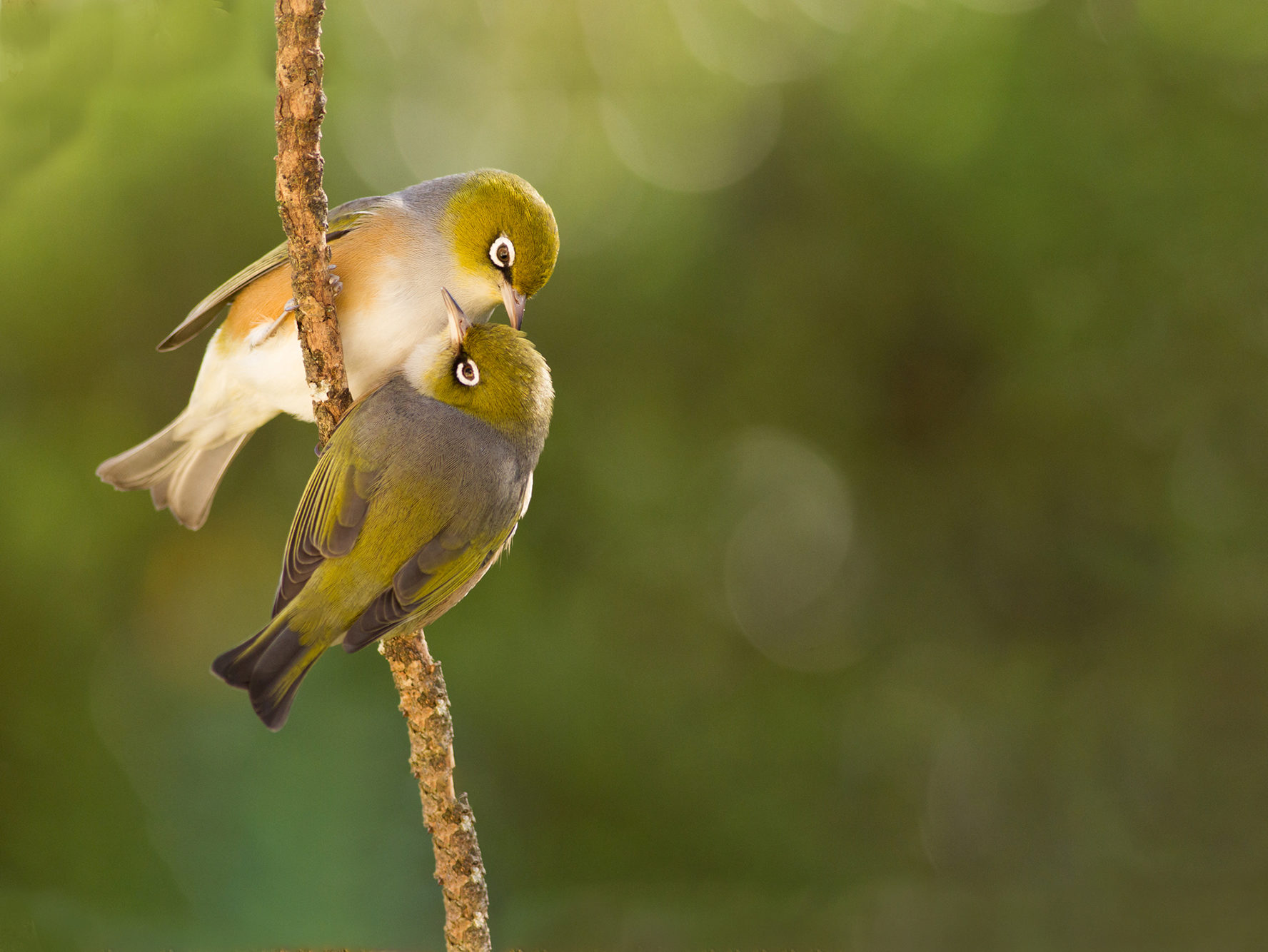
Catriona MacLeod et al, from Manaaki Whenua—Landcare Research, found data from citizen science projects is often not used to its full potential by the scientific community.
Catriona and the team set out to prove just how useful the winter bird survey data can be for showing biodiversity trends at a local, regional and national level.
Garden birds tend to be… well, common. They’re not in any imminent danger of extinction and usually scientists are more involved in counting our rarer species. But knowing what’s happening with our common birds can also be revealing in biodiversity terms, as the authors explain.
“Common and widespread species can be useful indicators of the general state of nature and how it is changing. However, until relatively recently, most bird monitoring efforts in New Zealand focussed on rare and threatened species that typically live on offshore islands or in remote locations.”
What’s more, even when the common birds were counted by ecologists, monitoring was often intermittent and gathered in forest habitats on conservation land by short-term projects. Until the New Zealand Garden Bird Survey came along, our urban birds tended to be overlooked in the scientific sense.
“Urban birds are a notable gap, as they are not only useful indicators of environmental change in these landscapes, but also provide well-being benefits to humans, who are increasingly becoming concentrated in cities,” write the authors.
But counting the urban birds across the country is a task too large for our professional ecologists.
“Filling these information gaps cannot rely on professionals alone, as there are too few ecologists, who are also limited in their geographical and taxonomic scope. As a result, there are growing calls to capitalize on the positive—but often unrealized— contributions that citizen science can offer.”
Citizen science projects don’t always lead through to increased scientific understanding and ‘real world’ results. So what’s blocking the information flow?
“Many citizen science initiatives promise to use the data gathered to inform science and environmental management, yet in practice very few achieve these goals. This is partly due to differences in perceptions about what constitutes scientific evidence.”
To enable citizen science to produce reliable and useful information for scientists, policymakers and the public, barriers can be overcome by:
(1) applying advances in statistical tools and computational techniques to remove barriers to compiling and analysing complex citizen science datasets;
(2) capitalising on recent technological development to increase the functionality, visibility and accessibility of citizen science for different users; and
(3) exposing citizen science to the same peer review as conventional science to build trust and confidence in its value.
The authors used the Garden Bird Survey as a case study to demonstrate how these issues could be addressed.
For the annual winter survey, data was collected via an online form (which includes automated data validation rules) or, for paper forms, by post and edited using standardized protocols. Focusing on 14 common species, this case study calculates changes in bird counts for national, regional and local scales over three medium-term and two short-term periods.
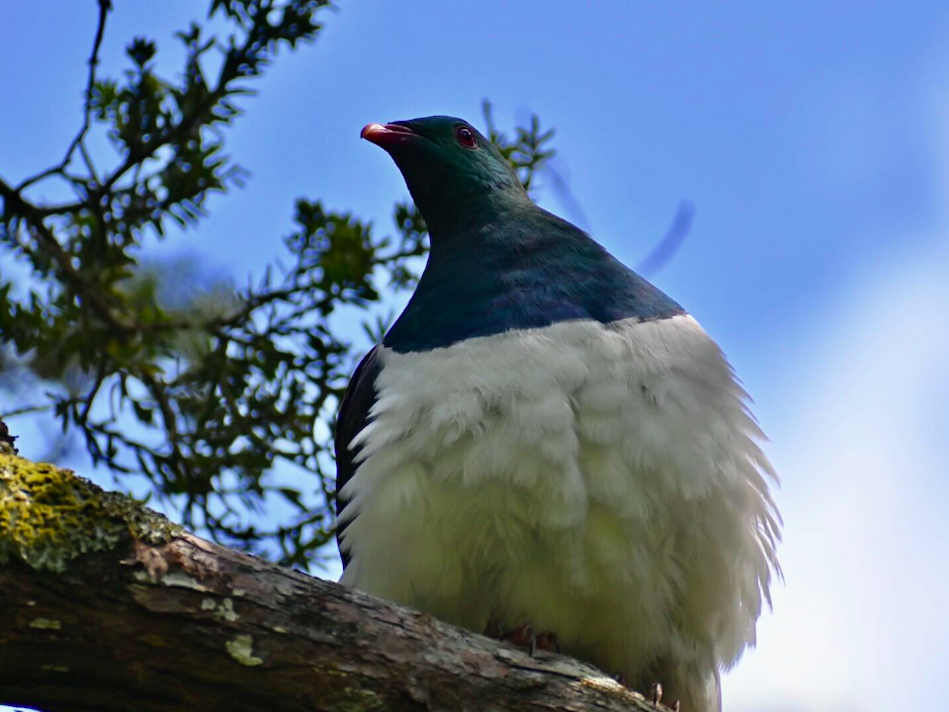
The authors then used a standardised alert system to identify trends of interest or concern. For example, a medium-term ‘amber alert’ corresponds to a decline in numbers of more than 25% over a 10-year period. Also factored into their assessment was the ‘signal strength’ of the alert – was there a large amount of evidence indicating that 25% decline, for example?
Five subsets of the New Zealand Garden Bird Survey records – for gardens only – were used as a basis for three assessments of the state of Aotearoa New Zealand’s garden birds. Medium- and short-term changes in bird counts were calculated using 10-year and 5-year timeframes.
“The 2017 assessment evaluated medium-term changes in bird counts (2007–2017: 31,679 records; while the 2018 and 2019 assessments considered both medium-term periods (2008–2018: 34,686 records; 2009–2019: 35,786 records) and short-term periods (2013–2018: 20,274 records; 2014–2019: 19,912 records.”
So which birds were studied and what did the short- and medium-term trends show?
“To demonstrate the potential value of our approach, our analyses focussed on 14 garden birds, selected because they are common and widespread species that occupy a diversity of foraging niches (from aerial to ground feeders). They included five native species: bellbird/korimako, fantail/pīwakawaka, New Zealand pigeon/kererū, silvereye/tauhou and tūī/kōkō.”
“The remainder were introduced species: blackbird/manu pango, chaffinch/pahirini, dunnock, goldfinch, greenfinch, house sparrow/tiu, myna/maina, song thrush and starling/taringī. Note that the myna is only found in the North Island of New Zealand.”
According to the researchers, common widespread species tend to be more statistically powerful indicators of environmental change than rare species.
“Using the Otago region as an example, we evaluated medium- to short-term changes in 13 focal species across the whole region, using alert information from each of the three available assessments. Then, based on the 2018 assessment alone, we assessed the state of garden birds across the five districts within the Otago region: Central Otago, Clutha, Dunedin City, Queenstown–Lakes and Waitaki. In both cases we explored spatial and temporal changes in: (1) the distribution of species numbers among the six alert classes and the five strength-of-alert signal categories; and (2) alerts raised for individual species, taking into consideration the strength of the alert signals.”
At the local scale, the researchers focused on Predator Free Dunedin, a community-led initiative to eradicate stoats, possums, and rats from 31,000 ha of urban and rural land centred on Dunedin city.
“It overlaps 54 neighbourhoods and encompasses three areas at different stages of implementation. The Otago Peninsula Biodiversity Group was established in 2008 (almost 10,000 hectares, 10 neighbourhoods); the Halo was initiated in 2011 (12,500 ha north of the city surrounding Orokonui Ecosanctuary, seven neighbourhoods); and the City Sanctuary was initiated in 2020 (spanning 8,000 ha, 37 neighbourhoods). Drawing on the 2017 assessment as a baseline, we evaluated medium-term changes in 13 focal species by calculating the percentage of neighbourhoods within each alert class, and evaluating the strength of those signals, across all 54 neighbourhoods and in each of the three areas.”
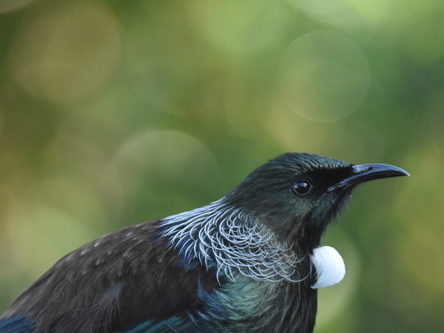
At a nationwide level, results showed some common species were thriving, but alerts were raised for other species that were shown to be in moderate decline.
“National declines were identified for half of the 14 garden bird species evaluated in the 2017 medium-term assessment; alerts were raised for a moderate decline in four species and for a shallow decline in the other three (albeit with a very weak signal for two). A shallow increase was flagged for three species (but weakly in one case), while little or no change was observed for the remaining four species.”
Subsequent national assessments for 2018 and 2019 showed improvements overall.
“In the medium-term the proportion of species declining dropped to roughly a third, five species showed little or no change, and the remainder signalled either a shallow or a moderate increase. The short-term assessments indicated at least six species were increasing, with very strong signals for moderate or rapid increases in at least two species.”
Starling, song thrush, goldfinch, and silvereye were four species that showed signs of declining numbers.
“Three of the four species that raised medium-term amber alerts (more than 25% decline over 10 years) in the 2017 national assessment signalled improvements in their status in the latest assessment. These improvements were associated with regional changes in species’ alert status.”
“The number of regions signalling an amber alert for starling dropped from nine (distributed across the country) to five (all in the North Island) and, for song thrush, from seven (across the country) to one (in the South Island). For goldfinch, the strength of amber alert signals generally weakened across the regions. Silvereye, which had a strong signal for an amber alert in all three medium-term assessments, flagged red alerts in six regions across the country initially but only in the two southernmost regions in the latest assessment.”
Early warnings (greater than 10% decline over 10 years) were also flagged initially for chaffinch and, with a weak signal, for blackbird and dunnock; however, the status of all three species later improved (classified as ‘little or no change’) nationally and regionally.
“For all seven species identified as declining in the 2017 medium-term assessment, a slowing, halting or reversing of those declines was signalled in the short-term for all species, except dunnock, which raised an amber alert (for 2014–2019). Overall, little or no change was observed nationally (and in most regions) for house sparrow, myna and, possibly, bellbird, which weakly signalled shallow increases and only flagged a decline in one region in the latest assessment (compared to four regions initially.”
Other species showed signs of increase. Kererū seem to be doing particularly well nationwide and tūī are on the ‘up’ in Canterbury.
“National increases were detected for three native and one introduced species. For fantail, shallow or moderate increases were identified in the two most recent assessments as their performance improved across the regions. Shallow increases were consistently signalled nationally for tūī, which also increased moderately in two or more regions and rapidly in the Canterbury region. Kererū signalled positive changes nationally and (almost) consistently across all regions; in the latest assessment, it achieved shallow or moderate increases in the medium-term and rapid increases in the short-term. Greenfinch shifted from a shallow to a moderate increase, with some rapid increases detected at the regional level, particularly in the short-term.”
At a regional level, silvereyes seem to be doing particularly poorly in Otago, while other native species may be on the increase, particularly fantail and kererū.
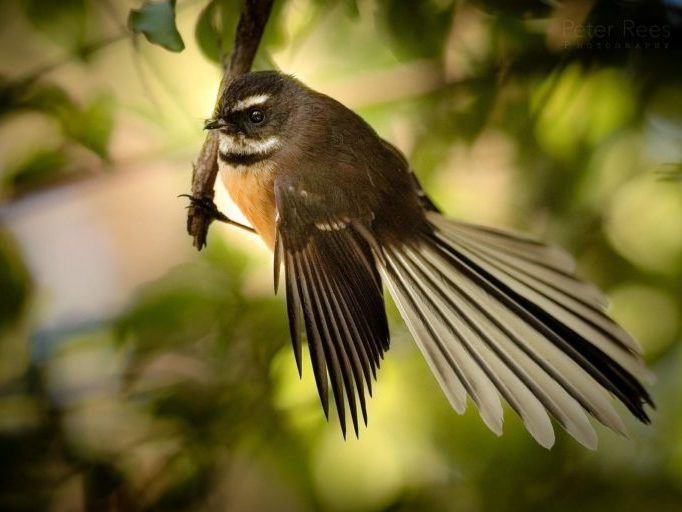
“For the Otago region, the 2017 medium-term assessment signalled declines in seven of the 13 garden bird species evaluated, with one species raising a red alert (silvereye) and another an amber alert (song thrush). Positive changes were detected for four species initially: three with a shallow increase (house sparrow, tūī and, with a weak signal, dunnock) and one with a moderate increase (greenfinch). Medium-term improvements were detected in the subsequent assessments, where the strength-of-alert signals were also generally enhanced.”
“While silvereye wavered between an amber and red alert status, the number of declining species roughly halved as the earlier shallow declines slowed to little or no change for blackbird, chaffinch and starling and reversed to a shallow increase for kererū. Overall, medium-term increases were shallow. Positive changes were signalled in the short-term for eight species, including moderate increases for greenfinch and tūī, and rapid increases for fantail and kererū. Deviating from its medium-term trend for little or no change, the dunnock raised an amber alert in the short-term.”
Within Otago, alert patterns varied among the five districts based on the 2018 assessments alone. There was good news for bird-enthusiasts in both Waitaki and Central Otago districts.
“All districts raised at least two amber alerts in the medium-term (for song thrush, silvereye or goldfinch), except Waitaki District, which had the highest number of increasing species. Central Otago was the only district where rapid increases were signalled in the medium-term for three species — greenfinch, tūī and kererū — and in the short-term for the same species plus fantail. In Dunedin City, positive changes in the medium-term were relatively muted compared to other districts, being limited to a shallow increase for four species (house sparrow, tūī, fantail and kererū) and for a moderate increase, albeit with a very weak signal, in greenfinch.”
At a local level, within Predator Free Dunedin, seven species were identified as declining in the medium-term, based on the 2017 assessment.
“Four species were declining across the whole locality. For silvereye and song thrush, rapid declines were flagged in at least 80% of neighbourhoods overall and were most likely to occur on the Otago Peninsula; however, signals for silvereye’s rapid declines were weak in 43% of the Halo neighbourhoods. For goldfinch, moderate declines were signalled in 76% of all neighbourhoods (but most likely within the City Sanctuary). For chaffinch, shallow declines were detected in all neighbourhoods. Shallow or moderate declines were also identified in approximately 85% of all neighbourhoods for starling and kererū, but with one neighbourhood on the Otago Peninsula signalling a shallow increase for kererū.”
“Shallow declines were detected in 29% of neighbourhoods and across all three areas for blackbird. Bellbird was the only species to show little or no change across Predator Free Dunedin, with the five remaining species increasing in most neighbourhoods.”
The garden bird most likely to show an increase in Dunedin neighbourhoods was the house sparrow, but some native species showed signs of increase too.
“Shallow increases were detected across all three areas and in most neighbourhoods for dunnock and, albeit with a weaker signal, for fantail. Shallow increases were signalled for tūī in 70% of neighbourhoods overall, with most other neighbourhoods experiencing moderate increases. For greenfinch, the signals for individual neighbourhoods were split roughly equally between shallow and moderate increases in all areas. House sparrow was most likely to flag a moderate or rapid increase overall, but with rapid increases being least likely in the City Sanctuary.”
With analysis of the raw Bird Survey data revealing some interesting trends, the next step is to look at how that information might be used.
“Drilling down to our species-level information can also provide valuable insights. For example, the species overview for Otago gardens shows that silvereye raised a red alert in two of the three medium-term assessments, with weak evidence for improvements in its status in the short-term. Furthermore, the regional maps show this species’ decline is most severe and persistent in the southernmost regions of the South Island, including Otago. This suggests any management strategy reducing national silvereye declines in gardens should invest most support in these areas and investigate their underlying drivers.”
What can the results tell us about predator control? Are recently-initiated predator control projects helping silvereye and other native species?
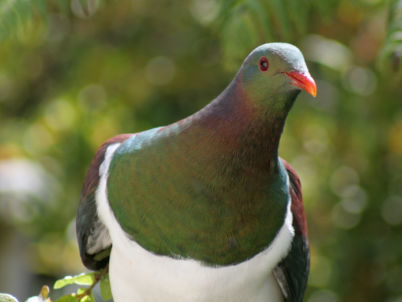
“Within the Predator Free Dunedin footprint, this species raised red alerts in over 70% of neighbourhoods in each of its three management areas, suggesting that if predator control is beneficial for silvereye, those benefits are still to be realized. However, weak signals suggest possible positive changes in the Halo area relative to the other two management areas, as a higher proportion of neighbourhoods raised a moderate decline or weaker signals for a rapid decline. These changes should be closely monitored in subsequent assessments to see if they show continued improvements.”
This case study has helped the New Zealand Garden Bird Survey to start to fulfil its responsibility to meet one of its goals, say the authors: to assist local authorities with planning and management of their biodiversity responsibilities.
“This process is already yielding positive results. For example, working with a local conservation collective (Predator Free Dunedin) to develop the interactive State of New Zealand’s Garden Birds resource has catalyzed a discussion about how the emerging results for their location can be used to help demonstrate the biodiversity outcomes of their management actions. Specifically, this collective seeks to motivate more people within the community to engage with and support their initiative by integrating local species’ alert maps into their own online interactive dashboard.”
Paper:
Assessing the state of New Zealand’s garden birds from national to local scales (2022), ‘Ecological Solutions and Evidence’, https://besjournals.onlinelibrary.wiley.com/doi/10.1002/2688-8319.12121, OPEN ACCESS, Catriona MacLeod et al, Manaaki Whenua—Landcare Research, Dunedin and Lincoln

